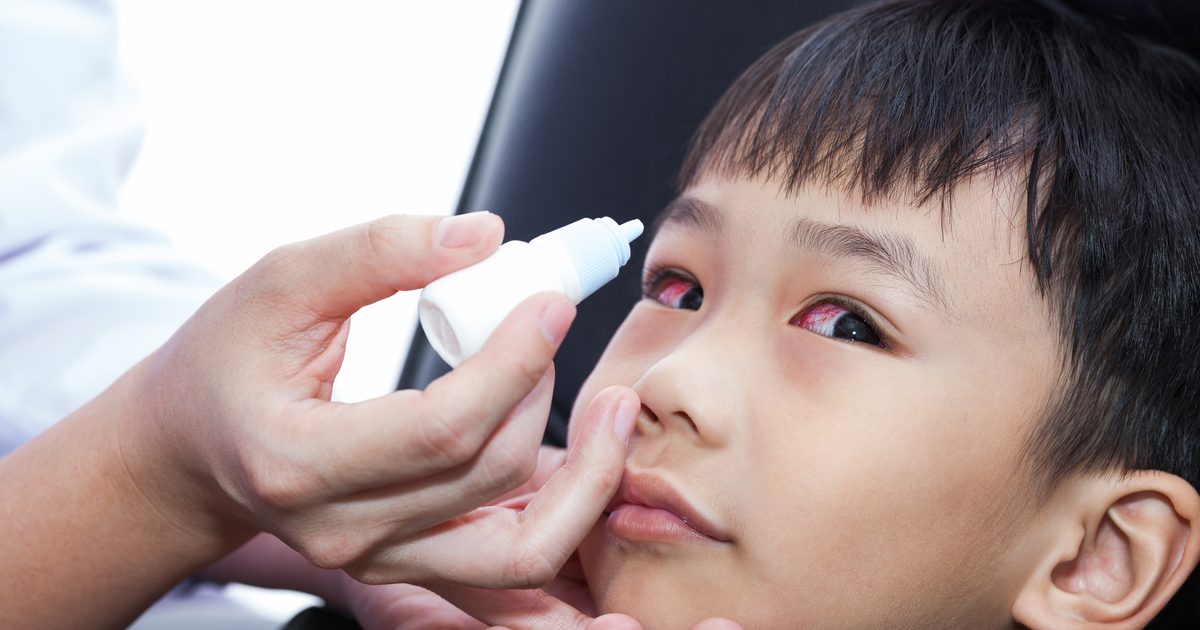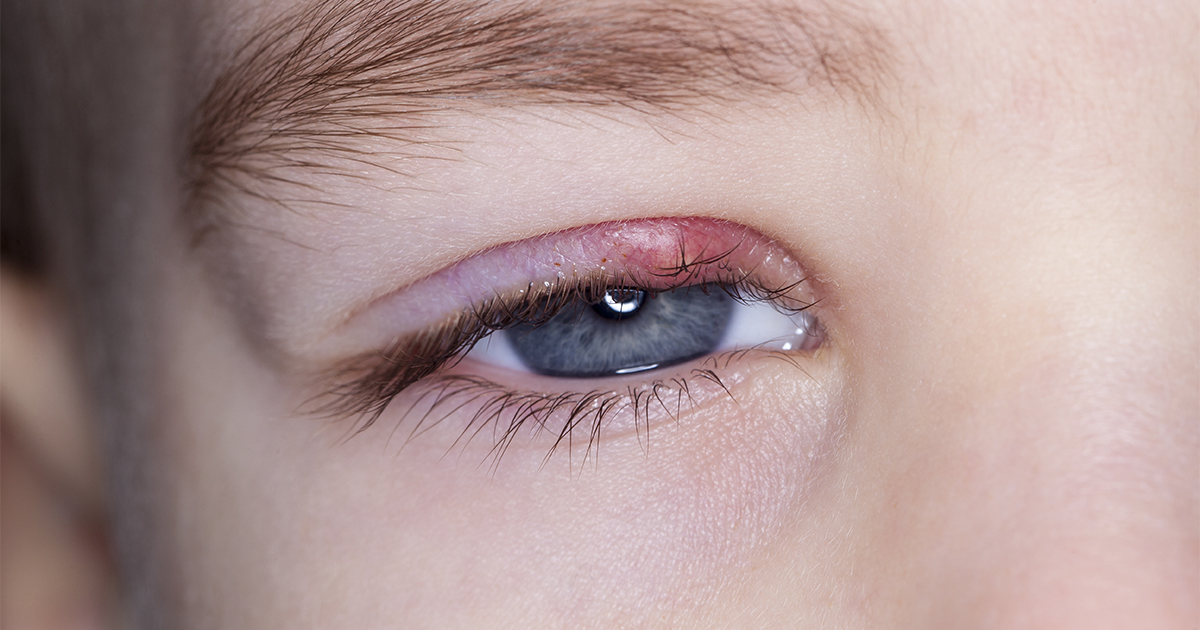How To Spot Periorbital Cellulitis
The meaning of periorbital cellulitis is all in the name. Periorbital refers to the tissues surrounding or lining the orbit of the eye. Cellulitis is a bacterial infection of the inner layers of the skin and subcutaneous fat. Periorbital cellulitis is clarified to indicate it is anterior to the orbital septum, distinguishing it from orbital cellulitis. Periorbital cellulitis is an infection with inflammation of the eyelid and immediately surrounding structures.
It may be an infection localized to this region of the body, independent of other regions. However, it also may be a spread of infection from another area, such as sinusitis. More recently, this infection has been dramatically reduced in incidence rate due to a vaccine available for Haemophilus Influenzae, which is known to cause periorbital cellulitis.
Reddened White Of The Eye

Periorbital cellulitis is most common in children under two years old. Also known as preseptal cellulitis, periorbital cellulitis is separated from spreading to the eye itself by a layer of tissue. Frequently, periorbital cellulitis is triggered by bacteria that get into cracks in the skin around the eyelid or a stye, which is a bump on the eyelid, typically near the lashes, that occurs when a gland on the eyelid becomes infected. This infection does not impact the eye itself, therefore vision is preserved. However, it causes the white of the eye, the sclera, to become irritated. This reddened white of the eye is often the first symptom of periorbital cellulitis and should be evaluated immediately.
Swelling Around The Eye

The eye is a sensitive area. Swelling around the eye typically causes enough discomfort not to be missed, and it may involve the upper or lower eyelid only, but more commonly affects both. The skin around the eye is fragile and thinner than other regions, therefore it is not unusual for the swelling to also appear discolored in a reddened or even bruise-like fashion. Periorbital cellulitis is easily treated in its early stages with oral antibiotics. However, only a medical professional can accurately distinguish it from orbital cellulitis, which is an emergency and requires immediate intravenous antibiotics.
With orbital cellulitis, vision is affected as well as eye mobility. This is a serious medical emergency requiring immediate treatment to preserve the function of the eye. In addition to needing to distinguish between the two, periorbital cellulitis can spread resulting in orbital cellulitis. Therefore, prompt treatment at the appropriate medical facility is imperative.
Tender And Tough Skin Around The Eye

Periorbital cellulitis is typically easy for a medical professional to identify without any specialized tests. However, computerized tomography scans or magnetic resonance imaging may be performed to delineate both where the infection came from and what structures are involved. This ensures periorbital cellulitis has not spread to the brain, sinus cavities, or the eye itself. In addition to the reddened sclera, swelling around the eye, and possible drainage, tender and tough skin around the eye is a common sign of periorbital cellulitis.
Also referred to as induration of the skin, the skin in the localized area of infection, in this circumstance the eyelids, becomes hardened and thickened from the infection. While the skin hardens and becomes firm, it is not as hard as bone. Simply put, it has thickened texture and is harder than the tissue immediately adjacent to it.
Cut Or Scratch Near The Eye

A medical professional, including an emergency room doctor or a primary physician, even an ophthalmologist, is necessary to thoroughly evaluate periorbital cellulitis. In addition to evaluating current symptoms consistent with this infection, the physician or nurse practitioner is assessing how the infection began. A primary method for the infection of periorbital cellulitis to occur is via a cut or scratch near the eye. The cut or scratch can be very small, as size is irrelevant. Bacterial get under the skin through this opening and cause the infection. General wound care for a cut near the eye, meaning keeping it clean and dry, will go a long way towards infection prevention.
No Pain Or Fever

No pain or fever is a distinguishing characteristic of this condition, and while the edema periorbital cellulitis triggers may be uncomfortable, there is no eye pain at all. The redness and drainage are not accompanied by any vision loss, double vision, or inability to move the eyes properly. The infection is not systemic, and therefore, there will be no fever.
Again, these are important symptoms to recognize, but to also distinguish this condition from the more serious orbital cellulitis. Prompt treatment of periorbital cellulitis ensures full resolution without complications. If any of these signs are present, patients should seek medical attention. Antibiotics will resolve these symptoms quickly. Preserving the health and function of the eye is a priority!
